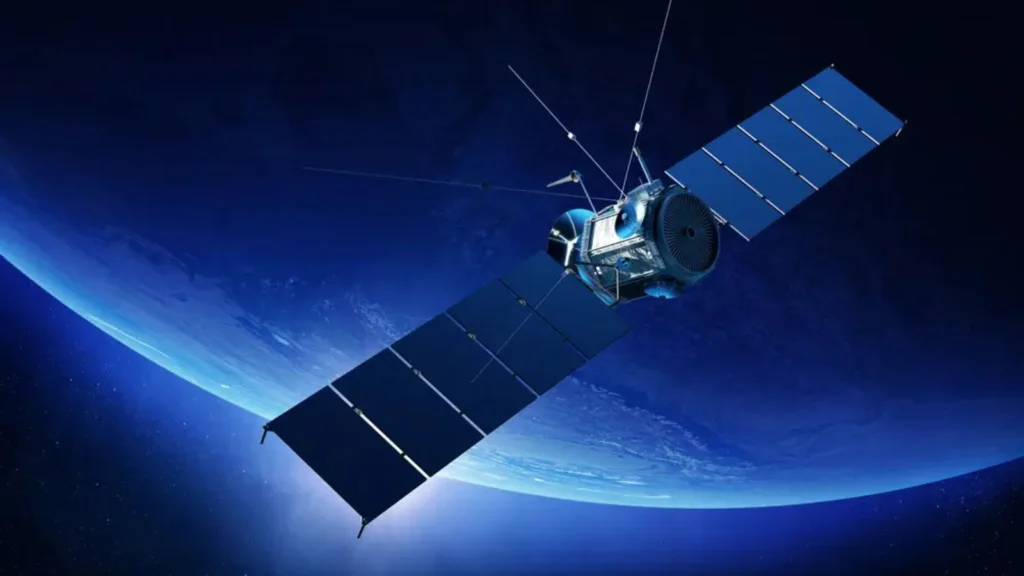The digital age has ushered in a new era for industries worldwide, and the automotive sector is no exception. In Ghana, the introduction of Starlink’s satellite internet service marks a significant milestone in bridging the digital divide. However, this advancement also highlights the existing challenges faced by local internet service providers, particularly in the automotive industry, where reliable connectivity is crucial for operations. It’s not unusual for Ghanaians to complain about connectivity issues on social media. The introduction of Starlink might perhaps go a long way in solving a long-standing problem in homes, businesses, companies and the automotive industry.
The Digital Divide in Ghana’s Automotive Sector
Ghana’s automotive industry has witnessed significant growth in recent years, with an increasing number of dealerships, service centers, and automotive technology firms emerging across the country. This expansion has brought about a heightened reliance on digital tools for inventory management, customer relationship management (CRM), diagnostic systems, and online marketing. However, many of these businesses operate in areas where local internet service providers struggle to deliver consistent and high-speed connectivity.
Reports from various sources indicate that internet speeds in certain regions of Ghana remain subpar, with frequent outages and slow download/upload rates hindering business operations. A survey conducted by the National Communications Authority (NCA) revealed that a significant percentage of businesses in rural areas experience internet speeds below the recommended threshold for seamless operations. This issue is particularly pressing for the automotive industry, where real-time data access is essential for tasks such as vehicle diagnostics, parts ordering, and customer communications.
Starlink’s Entry: A Beacon of Hope
In August 2024, Starlink, SpaceX’s satellite internet service, officially commenced operations in Ghana, following approval from the NCA. This development brought hope to many businesses, including those in the automotive sector, as Starlink’s low Earth orbit (LEO) satellites promise high-speed internet access even in remote areas. With download speeds ranging from 50 Mbps to 150 Mbps, Starlink offers a viable alternative to traditional broadband services that often fall short in underserved regions.

Local Internet Service Providers: The Need for Improvement
While Starlink’s arrival is a positive development, it also casts a spotlight on the performance of local internet service providers. Many Ghanaians continue to rely on traditional ISPs such as MTN, Telecel, and AirtelTigo. These providers often face challenges in delivering consistent and high-speed internet services, especially in rural areas.
The automotive industry, which increasingly depends on digital tools for operations, has been particularly affected by these connectivity issues. Service centers and dealerships in remote areas struggle to access online platforms for vehicle diagnostics, parts ordering, and customer relationship management. This lack of reliable internet connectivity hampers their ability to provide efficient services to customers.
Starlink’s Impact on the Automotive Industry
Starlink’s high-speed internet service offers a competitive edge to automotive businesses in Ghana. With reliable connectivity, businesses can streamline their operations, reduce downtime, and enhance customer satisfaction. Real-time access to vehicle diagnostic tools allows service centers to identify and address issues promptly, leading to quicker turnaround times and improved customer trust.
Also, the ability to access online platforms for parts ordering ensures that businesses can maintain optimal inventory levels, reducing the risk of stockouts and delays. This efficiency translates to cost savings and increased profitability for automotive businesses.

Challenges and Considerations
Despite the promising prospects, the adoption of Starlink in Ghana’s automotive industry is not without challenges. The initial setup cost for Starlink’s equipment, which includes a satellite dish and router, can be a significant investment for small and medium-sized enterprises. Additionally, the monthly subscription fee may be higher than what some businesses are accustomed to paying for local internet services.
While Starlink offers high-speed internet, its performance can be affected by environmental factors such as heavy rainfall and obstructions like tall buildings or trees. Businesses operating in areas with such challenges may experience intermittent service disruptions.
Looking Ahead
To fully harness the benefits of reliable internet connectivity, a collaborative effort between Starlink, local internet service providers, and the automotive industry is essential. Local ISPs can learn from Starlink’s model of providing consistent and high-speed internet services, especially in underserved areas. By investing in infrastructure and adopting best practices, these providers can improve their services and better meet the needs of businesses in the automotive sector.
Automotive businesses should consider integrating digital tools that are optimized for rural areas, ensuring that they can continue operations even during periods of connectivity challenges.
The introduction of Starlink’s satellite internet service in Ghana represents a significant step towards bridging the digital divide and enhancing the operations of businesses, particularly in the automotive sector. While challenges remain, the collaboration between Starlink, local ISPs, and the automotive industry can pave the way for a more connected and efficient future.




